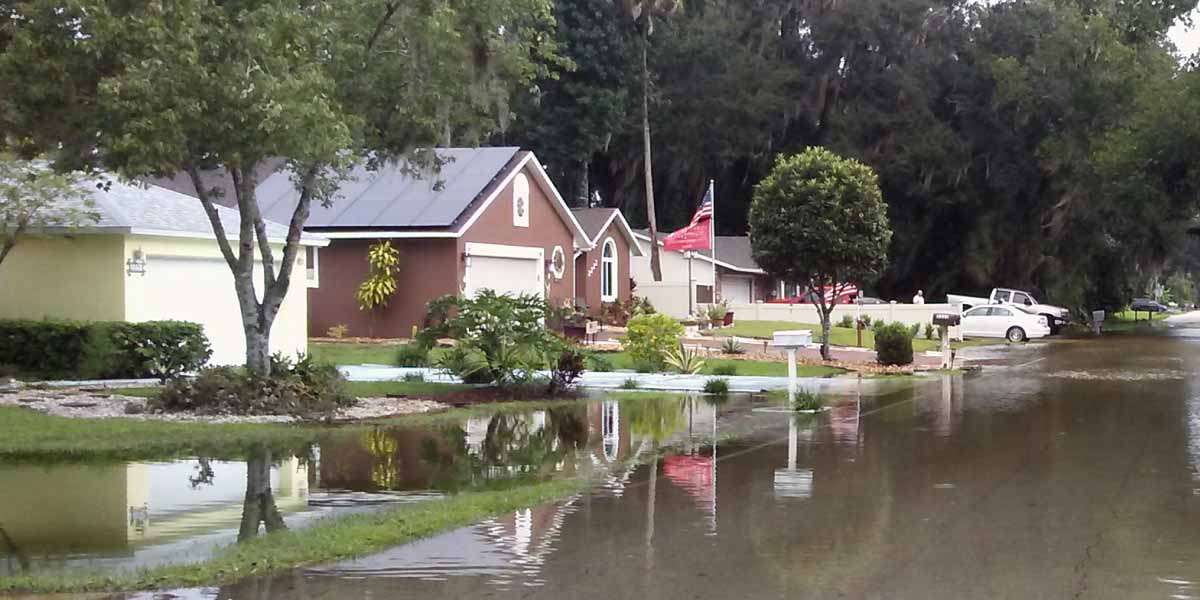My friends from Florida are still picking up the pieces from Hurricane Idalia, and it might be days, if not weeks, before they, along with authorities, residents, and insurers, have a clear picture of the damage caused by the storm. Nonetheless, we can already see three valuable lessons that Florida, and all the other states, should take to heart as we enter the peak of the Atlantic hurricane season.
Strengthen our Properties
First, we must focus on strengthening our properties. Living in hurricane alley means we have to find ways to protect the trillions of dollars worth of property and infrastructure.
Last week, I saw thousands of residents in the Tampa Bay area waiting in line for sandbags, an old but somewhat effective defense method that needs a fresh perspective for modern times on a larger scale.
Across Florida, cities and counties are working on resiliency plans to fortify their communities, hiring personnel to put these plans into action.
Yet, creating effective natural barriers is a monumental task that will require years, billions of dollars, and unprecedented collaboration between the public and private sectors.
However, the key is to start now, by constructing stronger, elevated structures away from the water. This might involve thinking big but also taking small, targeted actions to address the unique vulnerabilities of each city.
Act Smart in Handling Claims
Second, we must ensure that those affected by Idalia are not victimized again, this time by sluggish, unresponsive, or predatory insurance companies.
Florida endured too much of this mistreatment after Hurricane Ian hit southwest Florida last year.
Even months after the storm, tens of thousands of property claims remained open, and many more were closed without any payment from insurance companies.
An investigation revealed that some insurers were actively working to reduce payouts to policyholders by manipulating the work of licensed adjusters, ultimately leaving homeowners with hefty repair bills.
Floridians understand the risks of living in the Sunshine State and pay a premium for their insurance coverage. They should not be overlooked or taken advantage of by the industry as they struggle to rebuild their lives.
Be Prepared
Lastly, we must make faster decisions when faced with approaching hurricanes.
Idalia transformed into a hurricane overnight, catching many of us off guard as it swiftly moved toward Florida. While forecasters predicted its potential as a major hurricane threatening Florida’s gulf coast, it wasn’t top of mind for many Floridians last weekend.
Forecasters were also concerned that Idalia could intensify rapidly due to unusually warm water temperatures in the Gulf.
Early research suggests that the number of storms undergoing rapid intensification, gaining over 60 mph in wind speeds within 24 hours, has increased significantly.
This means that the time available for authorities and residents to make life-and-death decisions could be shrinking, especially for certain storms.
Questions about evacuation, storm surge predictions, and hurricane category assessments become critical.
Moreover, our ever-growing population means more people to potentially evacuate, making it more challenging to ensure everyone’s safety in a timely manner. All of these factors add complexity to an already difficult decision-making process.
FEMA administrator Deanne Criswell, the nation’s top emergency manager, emphasized during a briefing on Idalia this week that powerful storms, fires, and flooding are the “new normal” in a changing climate. This experience of dealing with Idalia will contribute to our understanding, and better prepare Florida and the nation for this era of extreme weather.

